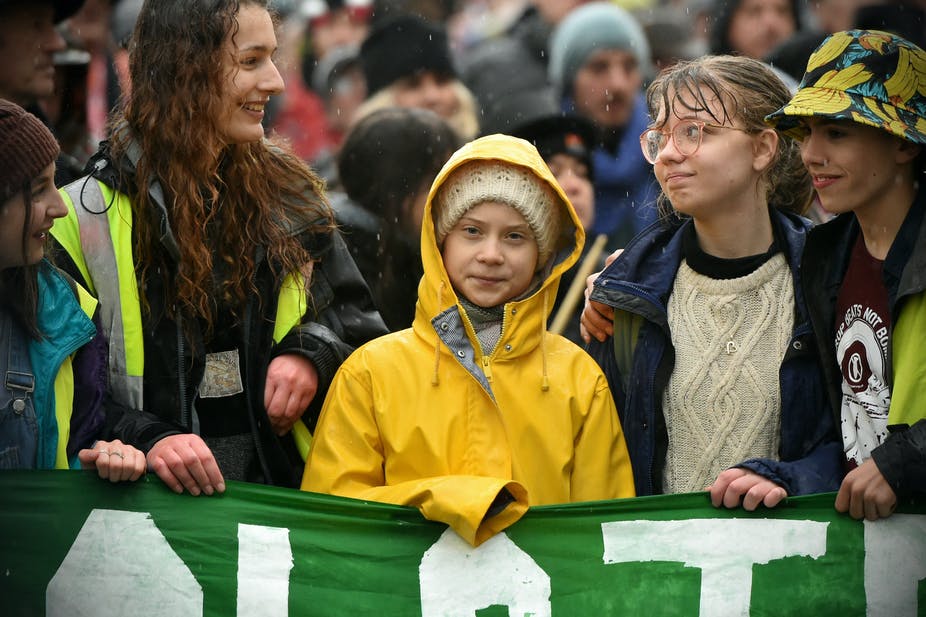- Study
- International
- Business and employers
- Research
- About us
Ben Bowman describes his recent publication looking at young people's climate activism.

Young people and climate activism
All around the world, young people have been undertaking protest to demand action on climate change. They have also been participating in direct action. The two things are different: young people have been having a voice, but they have also been taking action themselves. When it comes to young people’s climate activism, adult society – including academic research – tends strongly to focus on the former, and to ignore or marginalize the latter. We are used to celebrating young people having a voice, but we do not find it easy or comfortable to talk about young people having power. Yet, in the climate strikes, this is the case.
David Graeber distinguished between protest and direct action with the metaphor of a well, in an imaginary town where the water is monopolized and the town mayor is in the pocket of the company that monopolizes the water. If you were to protest in front of the mayor’s house, says Graeber, that’s protest. Direct action is going out and digging a new well, “because that’s what people would normally do if they didn’t have water”.
For young people at the climate strikes, the situation is similar. They are protesting, sure. In this study, which was undertaken in Manchester, I found young climate strikers demanding action from others, including concrete demands for policy changes from governments at the local, national and international level. The climate strikers I interviewed for the project often felt that systemic change was needed, and in particular, that only a new and more just global economy could really respond to the challenge of climate change. They wanted, broadly speaking, to build a new world – not simply sustain the one we’ve got.
The climate strikers were also taking direct action. They were digging their own well. The climate strike was rich with conversations, discussions and talking. It was a joyful and welcoming place. A good example is the nature of the speeches that were given, from a dais, on St Peters Square. Children spoke first, equipped with a microphone to raise their voices. Most of the speakers were women – almost all, in fact, which reflects a general characteristic of the young climate strike movement that young women are prominent as leaders, icons and organizers at all levels. The strike itself was more than a protest. It was also an exercise, from a large, varied and in many ways diverse crowd of people, young and old, in exploring the multiple positionalities, the sometimes contradictory global solidarities, and the interlinking practices of the demonstrators.
In this article I use my interviews and study of climate strikers in Manchester as an illustration of a broader point I make about young people’s environmentalism. Young people are marginalized, and that marginalization intersects with other enduring categories of economic harm, political exclusion and environmental damage, from environmental racism to global economic inequality. Unsurprisingly, young people, as environmentalists, tend to be environmental justice activists, who conceive of environmental issues (like climate change) as part of wider, systemic inequalities, exclusions and harm. Young climate activism, in other words, is far more complex than a protest that politicians must ‘listen to the science’: it is a project in which young people share, discuss and seek to build a new, fairer world.
Bowman, B. (2020) ‘They don’t quite understand the importance of what we’re doing today’: the young people’s climate strikes as subaltern activism. Sustainable Earth, 3(16). https://doi.org/10.1186/s42055-020-00038-x
You can hear Ben talk aboiut his work on the MCYS podcast: https://soundcloud.com/user-750080913-73091355/the-future-of-activism-young-people-and-systems-change-benjamin-bowman
Wednesday, 25th November 2020
